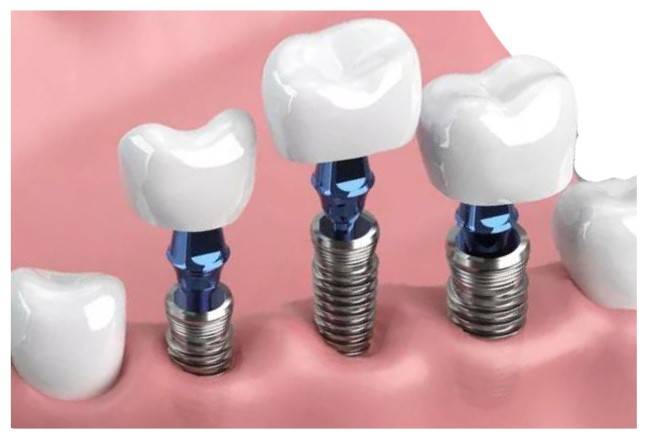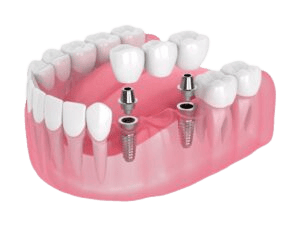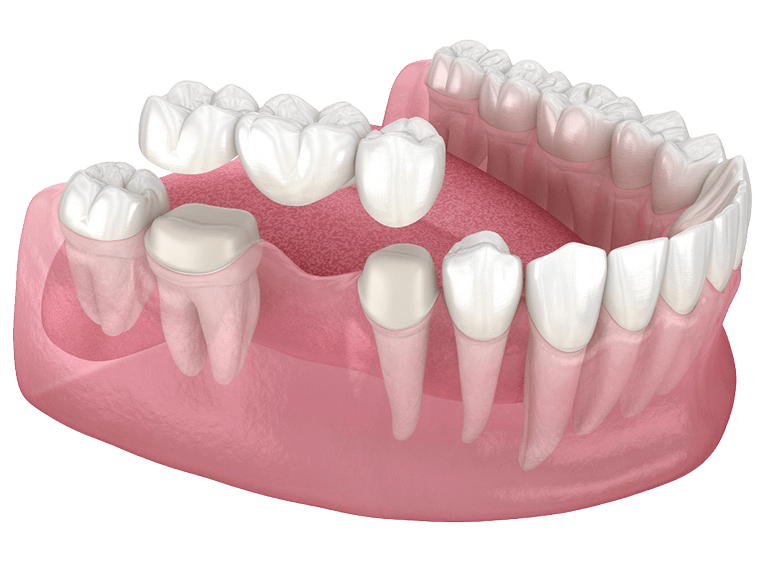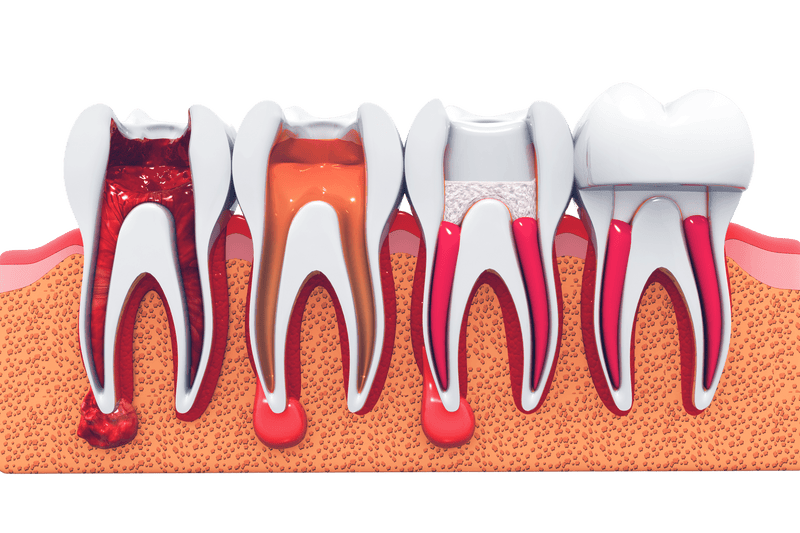When multiple teeth are missing, particularly in a row, dental implants provide a stable, long-term solution for restoring both function and aesthetics. The ideal treatment approach depends on various factors, including your oral health, bone density, and personal preferences. Our experienced implantologists will thoroughly assess your condition and recommend the most suitable option, whether it's individual implants or an implant-supported bridge.
These advanced implant solutions not only restore essential functions such as chewing and speaking, but they also help maintain facial structure and prevent further bone deterioration. With the expertise of our implantologists, you can expect a durable, natural-looking smile that enhances both your oral health and overall confidence.
When several teeth are missing in a row, dental implants offer a stable, long-term solution to restore both the function and appearance of your smile. There are different ways to approach treatment, depending on your oral health and preference.

In some cases, it's possible to place a separate implant for each missing tooth. This approach provides the most natural, stable solution, as each implant acts as an independent tooth root. However, this requires enough bone density in the jaw and enough space between the neighbouring teeth to be able to hold 3 seperate implants.

Another option is placing two implants at either end of the missing teeth and using them to support a dental bridge that replaces the middle tooth. This solution is more affordable than placing individual implants. It's often ideal for replacing several adjacent teeth while maintaining a secure, permanent fit.
For patients seeking a more affordable or less invasive option, a removable partial denture can be used. This treatment consists of artificial teeth attached to a gum-colored base, which can be removed for cleaning. While it’s less stable and durable than implants, a removable partial denture is a good short-term solution or for patients who may not be candidates for implants due to bone loss. Dental implants can be a game-changer for restoring missing teeth, providing long-term benefits like improved bite, speech, and overall appearance. If you're considering replacing multiple missing teeth, speak with your dentist to explore the options that best suit your needs and lifestyle.
At SmileBox, we make the dental implant journey as efficient and comfortable as possible. After the initial healing period (usually around 2–3 months), the final crown is completed in just 4–5 days—requiring a total of only 3 visits.
Click below to book your personalized dental implant consultation with our experts
You can simply email your inquiry along with a few clear photos of your teeth to [email protected] . Our Dental Consultants will get back to you as soon as possible.
If you need immediate assistance, please call us directly at (+66)2-402-9542, or reach out to us on Whatsapp at (+66)63-352-3691. We’re here to make you smile again.
If you're considering alternatives to dental implants for replacing many missing teeth, there are several options to choose from, depending on your needs and preferences.

A fixed dental bridge consists of one or more artificial teeth supported by adjacent natural teeth. It is permanently cemented into place and does not require surgery. However, if any part fails or requires repair, the dentist will have to remove the entire bridge and make a new one. Healthy neighbouring teeth also require tooth preparation and alteration to support the bridge.

If the tooth can still be saved, a root canal is a treatment can be done This procedure removes the infected or damaged pulp inside the tooth and seals it to prevent further decay. After a root canal, the tooth is usually restored with a crown for strength and protection. This option is ideal when the tooth’s structure is intact but the pulp is compromised.

You can simply email your inquiry along with a few clear photos of your teeth to [email protected]. Our Dental Consultants will get back to you as soon as possible.
If you need immediate assistance, please call us directly at (+66)2-402-9542, or reach out to us on Whatsapp at (+66)63-352-3691. We’re here to make you smile again.